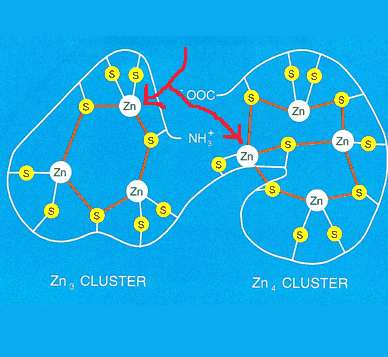
News/Reports
Heavy metal and metallothionein concentrations in seabirds from the Pacific coast of Canada
- ISSN: 0025326X
- DOI: 10.1016/S0025-326X(97)00034-9
Abstract
Seabird tissues, collected during the 1990 breeding season from colonies on the Pacific coast of Canada, were analysed for Cd, Hg, Pb and 19 other trace elements. Metallothionein (Mt) was measured in kidneys of three species. Ranges of essential trace metal concentrations were generally narrow, consistent with homeostatic control of these elements in seabird tissues. Cadmium concentrations were always higher in kidney than in liver. Highest mean Cd concentrations (306+/-78 mu g g(-1) dry wt) were in kidneys of planktivorous Leach’s storm-petrels (Oceanodroma leucorhoa) from Hippa Island in the Queen Charlotte archipelago. Cadmium concentrations in kidneys of both Leach’s storm-petrels and rhinoceros auklets (Cerorhinca monocerata) were significantly greater at northern colonies compared to those further south. Cadmium and Mt concentrations were positively correlated in kidneys across the three species for which measurements were made rhinoceros auklet, Cassin’s anklet (Ptychoramphus aleuticus), and ancient murrelet (Synthliboramphus antiquus) with an overall r=0.82, p<0.001, Mercury accumulation was not sufficiently great to be of toxicological concern in any of the 5 species. Highest mean Hg concentrations (6.37 mu g g(-1)) were in livers of Leach’s storm-petrels from Cleland Island on the west coast of Vancouver Island, and were significantly greater than in birds from further north on Hippa Island. Concentrations of hepatic Hg and Se were not correlated in the three species (rhinoceros auklet, Cassin’s auklet and ancient murrelet) for which Se was measured. Lead concentrations were consistently greatest in bone, with highest mean concentrations in fork-tailed storm-petrels (Oceanodroma furcata) (6.2 mu g g(-1) dry wt). (C) 1997 Elsevier Science Ltd.

